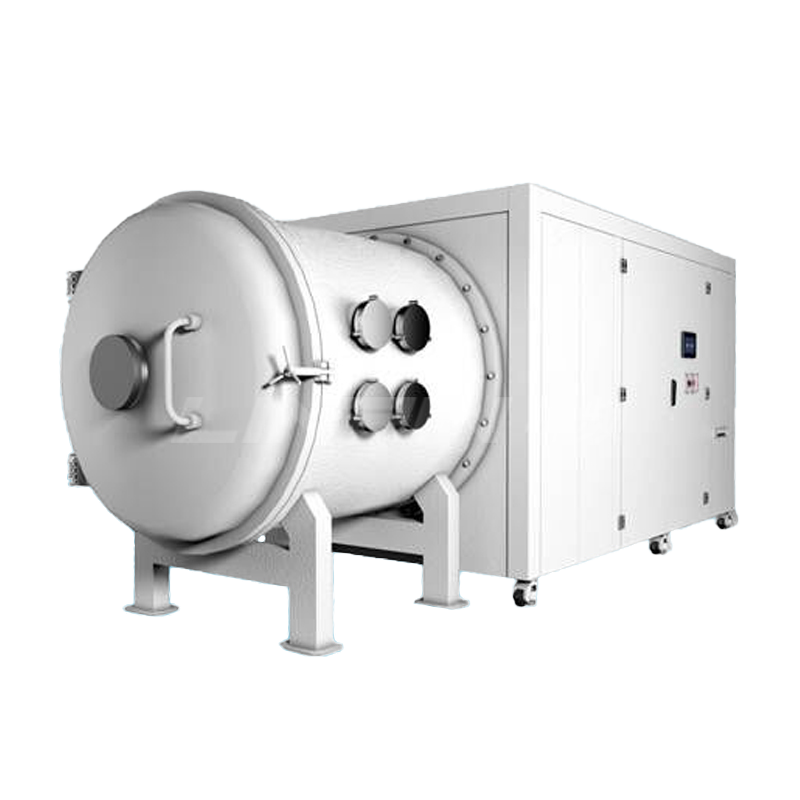In today’s hyper-competitive markets, “good enough” is no longer good enough. Customers expect flawless performance—whether the product sits on a kitchen counter or orbits 400 km above Earth. A thermal vacuum chamber (TVC) is the fastest, most reliable way to prove your hardware can survive both extremes. Here’s why smart companies treat it as non-negotiable.
-
It replicates real-world hell
A TVC removes air to create high vacuum while cycling temperatures from –180 °C to +200 °C (or beyond). That means you can validate circuit boards for CubeSats, EV battery packs, or next-gen avionics under the exact stresses they will face in service—no guesswork, no late-stage surprises.

-
It finds failures before customers do
Vacuum plus heat magnifies every weak point: outgassing adhesives, cracked solder joints, warped housings. Catching these flaws in the lab lets you redesign once, not after a costly field recall. The result is higher MTBF, lower warranty claims, and a brand reputation that sells itself. -
It compresses your timeline
Traditional environmental tests run sequentially. A modern TVC can run dozens of units in parallel, cutting qualification from months to weeks. Faster validation equals faster launches—and first-mover advantage in markets that reward speed.
A thermal vacuum chamber isn’t an expense; it’s insurance against obsolescence. Whether you’re shipping satellites, semiconductors, or next-gen EVs, investing in TVC testing is the surest way to turn technical risk into competitive edge.












